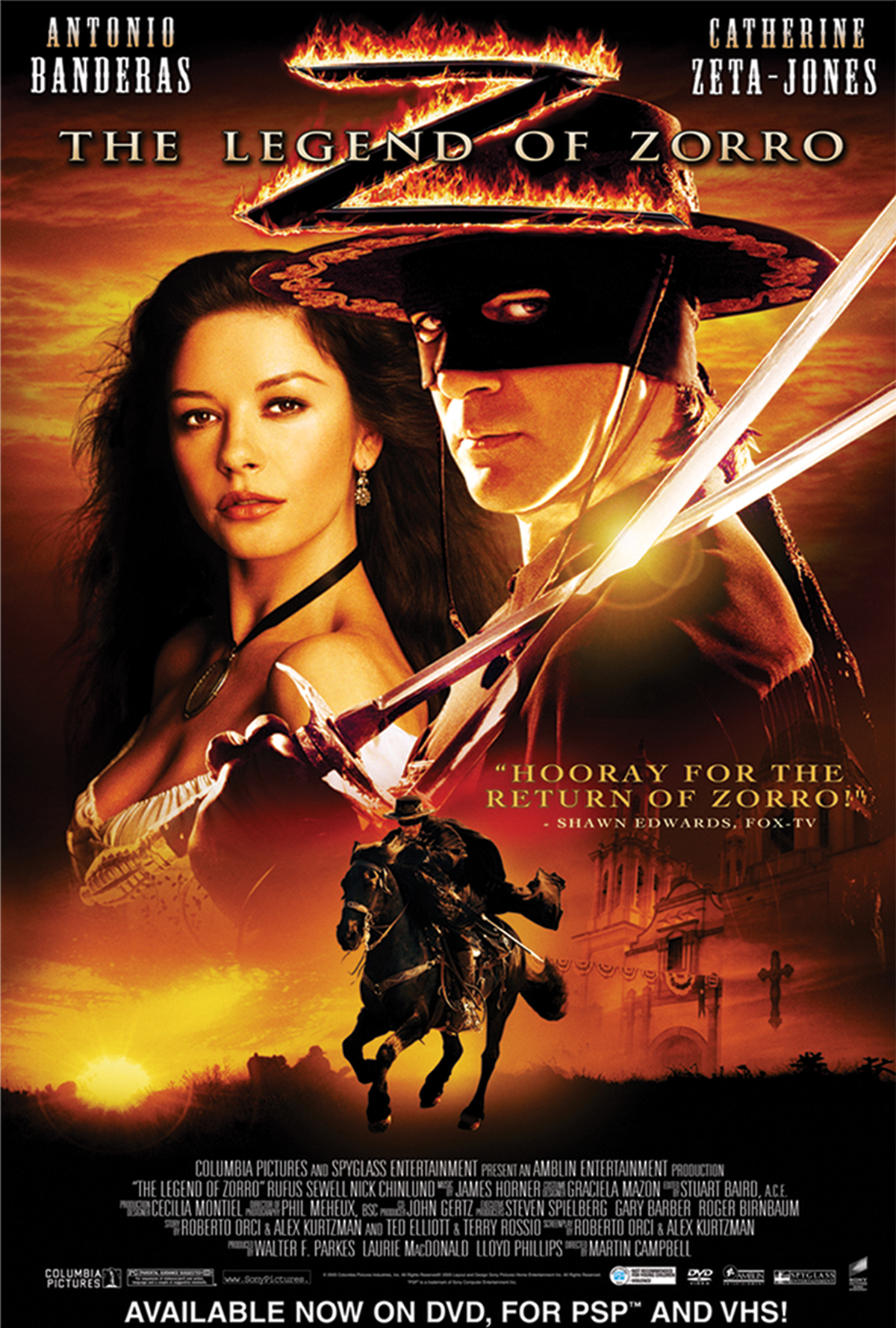Why You Ought To Be Photographing With Movie In 2013
Why You Ought To Be Photographing With Movie In 2013
Blog Article
Photography was constructed on movie. True it began on glass plates, but most of it's life has actually been on movie. Whether on plate, roll, sheet or whatever, movie has been around considering that the late 1800's and more became home use by Thomas Edison and George Eastman of Kodak fame. Movie defined photography for years and as such there were actually numerous film brand names, types, speeds, variations that the user might use. Kodak ranks the highest with the variety of exclusive films they made for their video cameras. Today movie in sizes like 828, 127, 620, 120, 110, and 126 are still offered as is numerous brands, speeds and variations of 35mm. And there are still puts to get it processed!

Line up the leading edge of the window film with the top edge of the window. Lower on the movie to get it to "stick" to the window. Starting from the center, utilize your squeegee to apply the film. It is simplest to work from the inside out, for that reason making it much easier to remove and air bubbles that may have developed. Work from the inside out, from leading to bottom. As you move down, remove any backing that may still be on the print.
After production is finished, it is then time for post-production. This includes modifying the movie. Depending on your skill with editing, either have a professional edit your film, or modify the movie yourself. I highly advise to have someone with a modifying background to be present with you during modifying regardless, to work as a consultant.
One precursor that struck home recently was when I took my 120 format movie to my favourite camera store, a.k.a. my dependable old regional film processing facility. They informed me that their machine was breaking down and that they likely would not be replacing it if it stopped working. If I was to continue to make my big, stunning transparencies, I was likely going to need to mail my film to another city for processing. Till, cinematography that is, their devices likewise croak.
Myth # 2: You need a movie school to teach you how to make movies. This weekend I checked out 2 film shoots. One was a trainee movie being contended New york city Film Academy. Here, each trainee is paying $30,000 a year in tuition to shoot on a $6,000 video camera. On the other hand, my friends Glynn and Frida shot their own 10 minute short by teaching themselves and costs time on film sets. They invested about $4,000 to get a quality HD video camera, work with an expert gaffer, grip, and location manager, and stars. They did not pay any tuition. And the dailies look extraordinary.
In the film and video market, there are lots of task alternatives. You could be a Production Assistant, and help assist the program by running errands and crowd control. You might be a Cosmetics Artist, creating the appearance of the actors before they get in front of the camera. You might operate in the camera department to operate video cameras and fill the footage onto a computer. You might be a grip and assistance set up the lights. You might be an editor, or a compositor, or a writer, or an advertisement or. Any other range of jobs on a film set or video shoot. You could even become an actor!
Before we start I wish to reiterate the above guideline due to the fact that I can't worry it enough. You will never have the ability to PR something if it does state something worth saying.
Well there are lots of factors. Let's state, if you got a plate filled with various products to consume but you don't like any of them due to the fact that let's state they are not spicy and you like spicy food, don't you? Now state what will you do? Will you consume it? Definitely not. No matter what type of food it is you will just keep it aside. It's the exact same here, if you will not find a movie appealing enough to you than you will merely not see it. The bad manufacturer and investors will suffer. Editor adds that bit of spice in needed amount to make the whole movie making curry spicy or interesting the audience. So that's the type of responsibility a editor possess which makes an Editor truly needed to a film making procedure.
Report this page